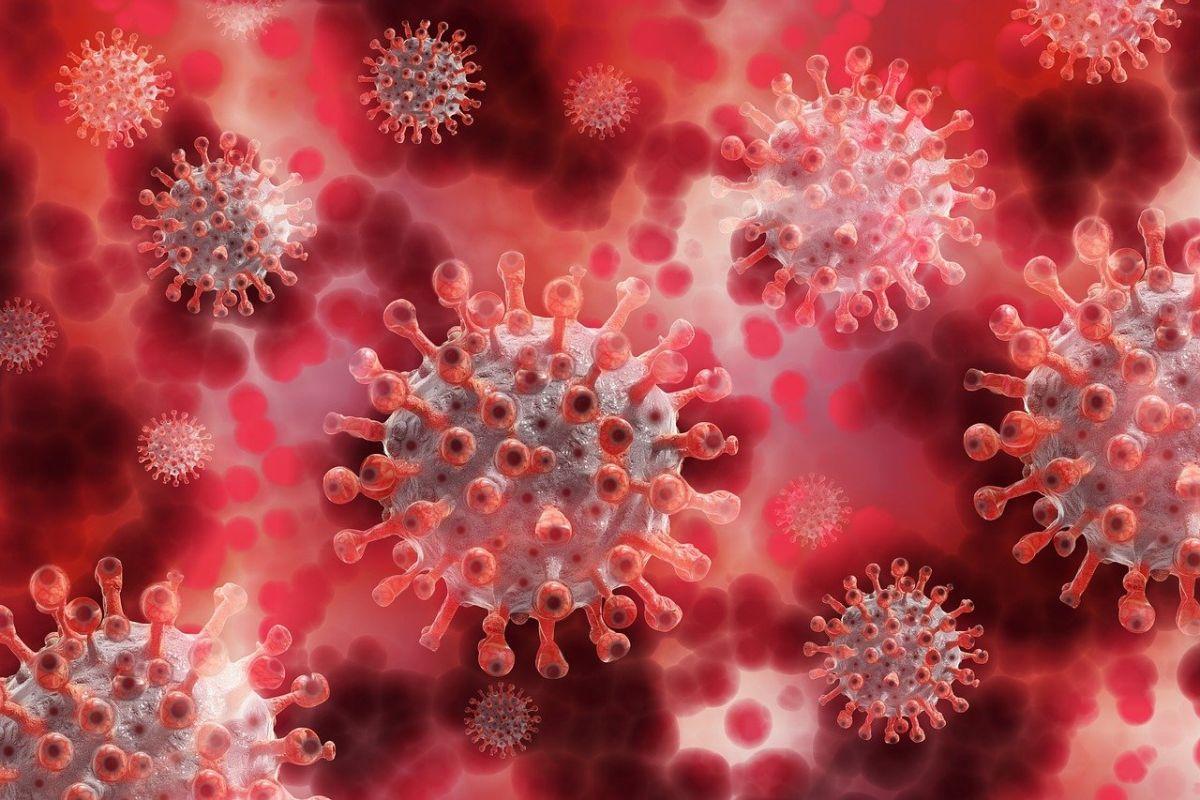New Covid-like virus in bats can infect humans
September 26, 2022 12:17

The Covid-19 virus with its distinctive spike protein
A new S-CoV-2-like virus discovered in Russian bats is capable of infecting humans, and is resistant to current vaccines against COVID-19, a study has found.
A team led by researchers at Washington State University (WSU), US, found spike proteins from the bat virus, named Khosta-2, can infect human cells and is resistant to both the antibody therapies and blood serum from people vaccinated for S-CoV-2.
A virus uses the spike protein to enter and infect the human cells. Both Khosta-2 and S- CoV-2 belong to the same sub-category of coronaviruses known as sarbecoviruses.
"Our research further demonstrates that sarbecoviruses circulating in wildlife outside of Asia -- even in places like western Russia where the Khosta-2 virus was found -- also pose a threat to global health and ongoing vaccine campaigns againstS-CoV-2," said Michael Letko, corresponding author of the study.
The finding, published in the journal PLoS Pathogens, highlights the need to develop universal vaccines to protect against sarbecoviruses in general, rather than just against known variants ofS-CoV-2.
"Right now, there are groups trying to come up with a vaccine that doesn't just protect against the next variant ofS-2 but actually protects us against the sarbecoviruses in general," Letko said.
"Unfortunately, many of our current vaccines are designed to specific viruses we know infect human cells or those that seem to pose the biggest risk to infect us," the scientist added.
While hundreds of sarbecoviruses have been discovered in recent years, predominantly in bats in Asia, the majority are not capable of infecting human cells. The Khosta-1 and Khosta-2 viruses were discovered in Russian bats in late 2020, and it initially appeared they were not a threat to humans, the researchers said.
"Genetically, these weird Russian viruses looked like some of the others that had been discovered elsewhere around the world, but because they did not look likeS-CoV-2, no one thought they were really anything to get too excited about," Letko said.
"But when we looked at them more, we were really surprised to find they could infect human cells. That changes a little bit of our understanding of these viruses, where they come from and what regions are concerning," he added. -- PTI





 © 2024 Rediff.com -
© 2024 Rediff.com -